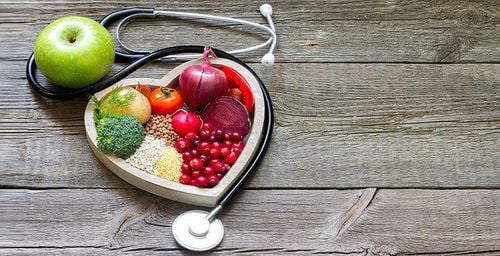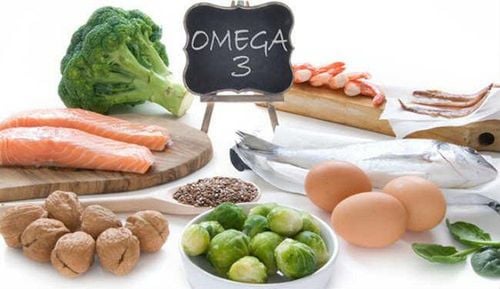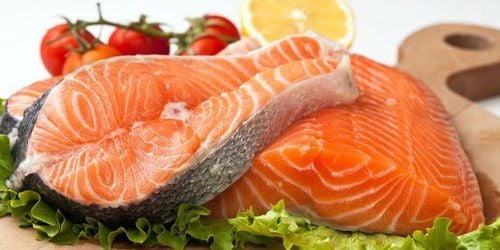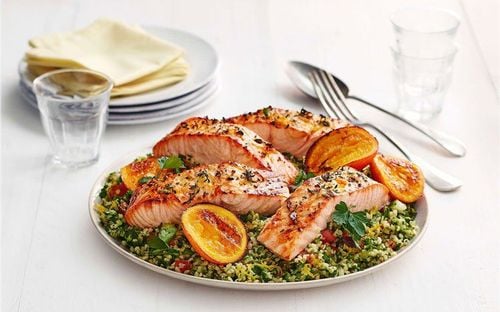This is an automatically translated article.
Salmon is one of the foods rich in nutritional value, providing many vitamins and minerals for the body. However, salmon contains polychlorinated biphenyls (PCBs), which can cause cancer and affect the immune and nervous systems. Therefore, when eating salmon, you should choose the type of clear origin to ensure safety for health.
1. What is PCB? What are the health risks of polychlorinated biphenyls?
Polychlorinated Biphenyls (PCBs) are chemicals introduced into the industry from 1929, until 1979 when they were banned. PCBs have been shown to cause adverse effects on human health, including potential cancer and negative effects on the immune, nervous and endocrine systems.
PCBs can cause serious health problems for people who regularly eat contaminated fish. They can be passed from mother to fetus, increasing the risk of premature birth and low birth weight. Breastfeeding women, if infected with PCBs, can also pass it on to their babies through breast milk, affecting the children's intelligence in the learning process.
Remnants of PCB chemicals can be dissolved in the air, seeped into water and deep underground. According to the study, traces of this chemical were found all over the world. They settle into water and sediment in rivers and seas, allowing small aquatic organisms to absorb and gradually accumulate chemicals in fat and other organs such as the liver.
Small amounts of Polychlorinated Biphenyls are also found in meat, dairy products and drinking water, however fish are still the main food source of PCBs, especially fish caught in polluted lakes or rivers. .
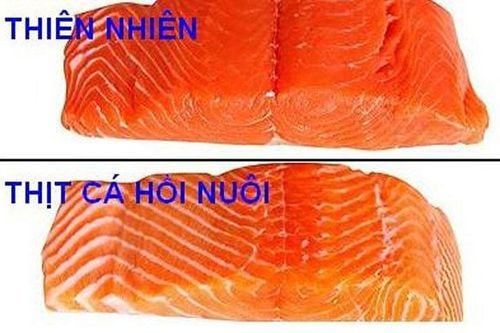
Hàm lượng Biphenyls Polychlorinated trong cá hồi nuôi cao hơn gấp 2 lần so với cá hồi đánh bắt tự nhiên ở sông.
2. How to limit polychlorinated biphenyls in salmon?
According to research, PCB content in farmed salmon is 2 times higher than wild caught salmon in rivers and sea; 4 times more than farmed beef and 3.5 times more than other seafood.
Mostly, these toxins accumulate and reside in fish fat. Therefore, the Food and Drug Administration recommends that people take the following measures to reduce their exposure to PCBs in fish:
Cook cooked salmon before eating; Trim off fatty areas such as the abdomen, upper back and dark flesh along the sides; Remove the skin before cooking to allow the fat to drain; Fish should be grilled to melt the fat, remove the fat; Do not fry or fry fish, as it will cause the chemicals in the fish fat to flow out and re-infiltrate the fish meat; Limit your intake of salmon and green fish. These are the 2 types of fish that contain the most PCBs. For salmon, it is best to process and preserve it in the following ways to ensure nutrition and safety:
Canned Pacific caught salmon can be eaten twice a week; Fresh or frozen wild Pacific salmon can be eaten up to 2 times/month; Fresh or frozen farmed Atlantic salmon can be eaten every 2 months. In particular, should eat many different types of fish, about 2 times / week and keep the portion at 113 grams / time. When you eat fatty fish like salmon, cook it according to the guidelines above to protect your health.
However, we should not be too confused and concerned that all salmon contain PCBs, because in addition to the cold climate, the water must be clean for the salmon to live. Therefore, depending on the area, the water source is contaminated with chemicals, the new salmon is at risk of harm to health. Leftover salmon remains one of the world's best foods.
Please dial HOTLINE for more information or register for an appointment HERE. Download MyVinmec app to make appointments faster and to manage your bookings easily.
Reference sources: Mayoclinic.org, Kontumtv.vn





